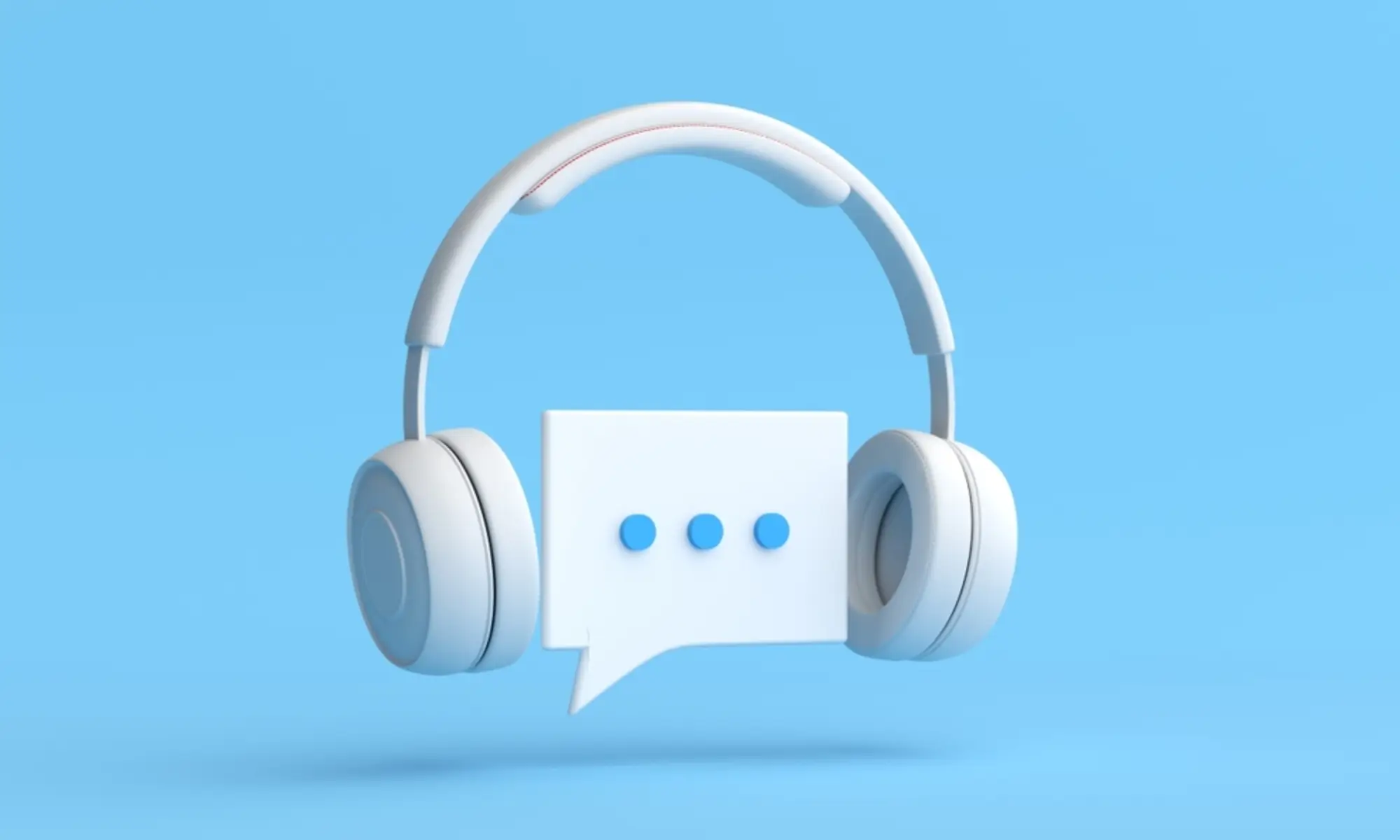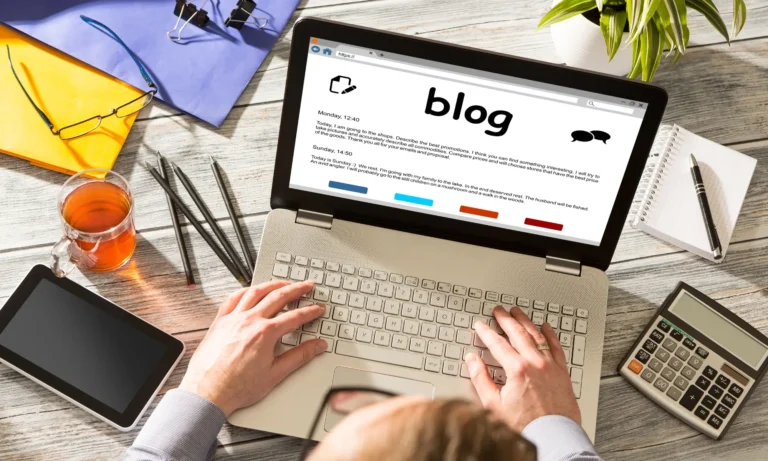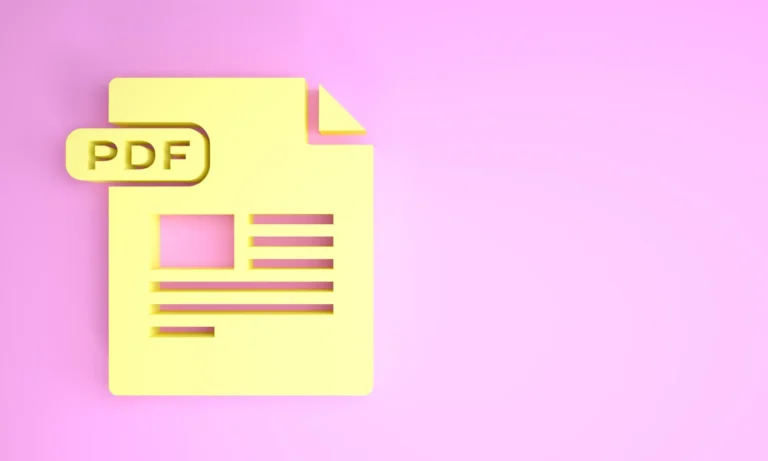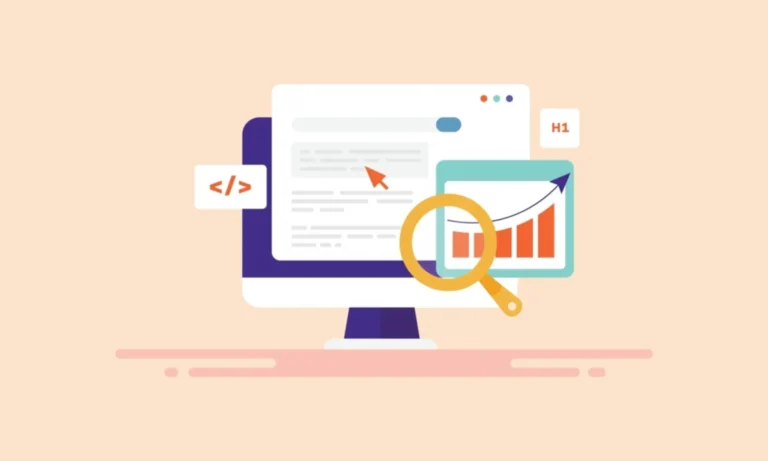Does Podcast Image Help with SEO? A Comprehensive Guide

In the evolving digital landscape, businesses and creators alike are constantly seeking innovative ways to stand out. Podcasts have become a powerful medium to capture attention, build communities, and generate organic traffic. But beyond producing engaging content, creators must also focus on search engine optimization (SEO) to increase their visibility. Among the many factors that can impact SEO, one that often goes overlooked is the podcast image.
In this article, we will explore how a well-optimized podcast image can contribute to SEO, breaking down its direct and indirect benefits, how to best utilize images, and key best practices to enhance your podcast’s search engine performance.
The Role of Visual Content in SEO
Visual content, including images, plays a crucial role in SEO. While SEO has traditionally been dominated by text-based strategies like keyword optimization and backlinks, the importance of visuals has surged in recent years. According to research, articles with images get 94% more views than those without. Images improve user experience, keep visitors engaged for longer, and contribute to the overall ranking signals.
How Do Images Help SEO?
- Increased User Engagement: Attractive images enhance user experience by making the content more engaging. Visitors are more likely to spend more time on pages with visually appealing content.
- Reduced Bounce Rate: High-quality, relevant images can decrease bounce rates, as users are more likely to stay longer on a page that offers visual stimulation along with audio and text.
- Alt Text for SEO: Images with descriptive alt text allow search engines to index them, making them appear in image search results and potentially driving additional traffic.
- Social Sharing: Podcast images can enhance the shareability of your content on platforms like Pinterest, Twitter, and Facebook, leading to indirect SEO benefits through increased visibility.
Podcast-Specific SEO: Where Does the Image Fit In?
Podcasts rely heavily on platforms like Apple Podcasts, Spotify, Google Podcasts, and Stitcher for distribution. Each of these platforms has its own way of displaying and indexing podcasts, and the podcast image plays a significant role in how your show is represented across these platforms.
Aesthetic Appeal and First Impressions
Just like a book cover or a YouTube thumbnail, your podcast image is the first thing a potential listener sees. A striking, professional, and relevant podcast image can:
- Capture attention in crowded podcast directories.
- Encourage more clicks and listens, which indirectly affects user engagement metrics, a vital part of SEO.
Ranking on Podcast Platforms
Apple Podcasts and other major directories factor user engagement into their ranking algorithms. More engagement can lead to better rankings on the platform, which results in more listeners. Since your podcast image helps create that crucial first impression, it directly impacts how many people decide to listen and engage with your podcast.
Mobile Optimization
Most podcast directories are accessed through mobile devices. Therefore, a well-designed, mobile-optimized podcast image that appears sharp on all screen sizes improves user experience and can lead to higher engagement.
Best Practices for Optimizing Podcast Images for SEO
To maximize the SEO potential of your podcast image, there are several best practices to follow:
a) Choose the Right Image Dimensions
Each podcast platform has specific image requirements. For example:
- Apple Podcasts recommends images between 1400 x 1400 pixels and 3000 x 3000 pixels, with a file size under 500 KB.
- Spotify requires podcast images to be a minimum of 640 x 640 pixels.
By ensuring that your image meets the platform’s specifications, you increase the likelihood of it being accepted and displayed optimally.
b) Use Alt Text and File Names Wisely
While podcast directories themselves may not directly index your images for SEO, having properly optimized images on your website where the podcast is hosted or promoted can make a significant difference.
- Alt Text: Include descriptive alt text that reflects the title or topic of the podcast episode or show. For instance, if your podcast is about digital marketing, the alt text could read, “Podcast image for Digital Marketing Insights episode 12.”
- File Names: Use SEO-friendly filenames such as “digital-marketing-podcast-episode-12.jpg” instead of a generic name like “IMG_1234.jpg.”
c) Optimize Image Load Speed
Page load speed is a crucial ranking factor. An oversized image can slow down your page, leading to higher bounce rates. Use tools like TinyPNG or ImageOptim to compress your images without sacrificing quality. Fast-loading pages are more likely to rank higher, and compressing images is one of the easiest ways to improve load speed.
d) Make the Image Relevant and On-Brand
Your podcast image should accurately reflect the tone and content of your podcast. A mismatched or confusing image can harm your branding and lead to fewer listeners. Consistency across your visual branding helps build recognition and can keep visitors returning to your content.
Leveraging Podcast Images Beyond SEO
While the SEO benefits of podcast images are valuable, it’s important to remember their broader impact on your podcast’s success.
a) Social Media and Sharing
Social media is an important promotional channel for podcasts, and a good image increases the likelihood that your podcast will be shared. Platforms like Twitter, Facebook, and Instagram automatically pull images from shared links. An eye-catching image can lead to more shares, likes, and comments, which indirectly contributes to SEO by boosting your podcast’s visibility and authority.
b) Podcast Discovery Platforms
When your podcast is featured or recommended on podcast platforms, the image is usually what catches a potential listener’s eye. Being featured in these ways can lead to a major influx of listeners, which can indirectly benefit your SEO through backlinks, mentions, and increased search volume for your podcast.
Common Mistakes to Avoid with Podcast Images and SEO
While a well-optimized podcast image can offer numerous SEO benefits, certain mistakes can undermine these efforts:
- Using Text-Heavy Images: Although including your podcast’s title in the image can be helpful, too much text can clutter the image and make it difficult to read, especially on smaller screens.
- Ignoring Platform Guidelines: Each platform has different guidelines. Failing to comply with those can result in the rejection of your image or poor display quality.
- Low-Quality Images: A pixelated or poorly designed image can negatively affect your credibility and reduce engagement.
Conclusion
In conclusion, a podcast image can indeed help with SEO, though its impact is largely indirect. By enhancing user engagement, reducing bounce rates, and improving your podcast’s first impression, a well-optimized image can contribute to better visibility and ranking on both podcast platforms and search engines.
Here’s a quick recap:
- Optimized images improve user engagement and experience, leading to higher rankings.
- Proper use of alt text, image compression, and relevant file names can boost SEO on your website.
- Adhering to podcast platform image guidelines ensures your show is displayed correctly.
- Visually compelling images can increase social sharing, indirectly improving SEO through broader visibility.
While images alone won’t make or break your SEO strategy, integrating them into a comprehensive optimization plan can provide a valuable edge, ensuring your podcast stands out in a competitive digital space.





